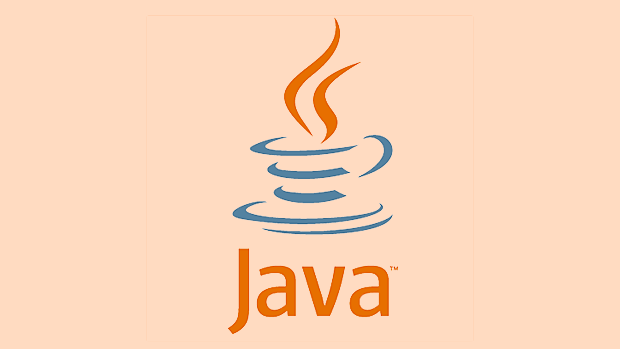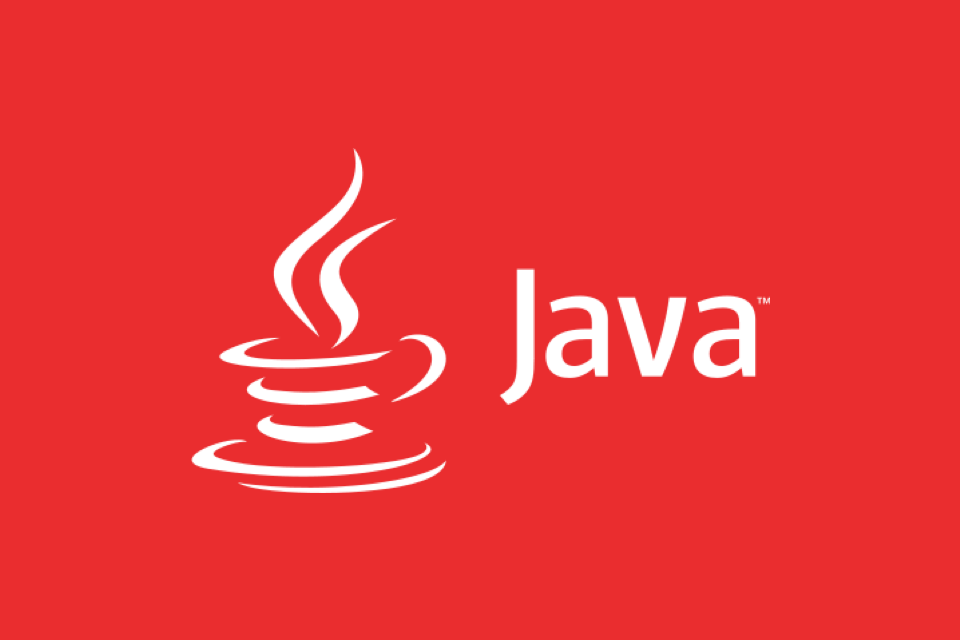WebSockets enable real-time communication in Java apps by maintaining open connections. 1. Use JSR 356 via Java EE 7 or frameworks like Spring. 2. Ensure server support (Tomcat 8 , Jetty 9 , WildFly). 3. Add Maven dependency and annotate endpoints with @ServerEndpoint. 4. Manage sessions via Session objects and store them thread-safely. 5. Send messages using session.getBasicRemote().sendText(). 6. Handle errors and closures with @OnError and @OnClose. 7. On frontend, connect via JavaScript WebSocket API, listen for messages, and implement reconnection logic. 8. Secure connections using WSS in production.

WebSockets are a game-changer when it comes to building real-time Java applications. Unlike traditional HTTP requests that require the client to poll for updates, WebSockets maintain an open connection between the client and server, allowing for instant data exchange in both directions.

Setting Up WebSocket Support in Java
To get started with WebSockets in Java, you’ll typically use the Java API for WebSocket (JSR 356), which is part of Java EE 7 and above. Most modern Java web frameworks like Spring or Jakarta EE support this out of the box.
Here’s what you need to do:

- Make sure your application server supports JSR 356 — Tomcat 8 , Jetty 9 , or WildFly are good choices.
- If you're using Maven, include the WebSocket dependency if it’s not already there.
- Annotate your endpoint class with
@ServerEndpointand register a server endpoint configurator if needed.
For example, a basic WebSocket endpoint looks like this:
@ServerEndpoint("/chat")
public class ChatEndpoint {
@OnOpen
public void onOpen(Session session) {
// Handle new connection
}
@OnMessage
public void onMessage(String message, Session session) {
// Handle incoming message
}
}Make sure your endpoint URL is unique and well-structured so clients can connect easily.

Managing Sessions and Sending Messages
Once a client connects, you’ll want to manage sessions effectively. Each Session object represents a connection to a client. You can store these sessions in a static collection to broadcast messages to all connected users.
Here are some practical tips:
- Keep track of active sessions using a
ConcurrentHashMapor similar thread-safe structure. - Use
session.getBasicRemote().sendText()to send text messages back to the client. - Handle errors and close events gracefully with
@OnErrorand@OnClose.
A common pattern is to create a central registry:
public class SessionRegistry {
private static Set<Session> sessions = new CopyOnWriteArraySet<>();
public static void addSession(Session session) {
sessions.add(session);
}
public static void removeSession(Session session) {
sessions.remove(session);
}
public static void broadcast(String message) {
sessions.forEach(session -> {
try {
session.getBasicRemote().sendText(message);
} catch (IOException e) {
e.printStackTrace();
}
});
}
}This setup allows you to push notifications or live updates to all connected clients instantly.
Integrating with Frontend Clients
On the frontend, JavaScript handles the client-side WebSocket connection. It's straightforward to connect to your Java backend using the browser’s native WebSocket API.
Here’s how to set up a simple client:
- Use
new WebSocket("ws://yourdomain/chat")to establish a connection. - Listen for messages with
websocket.onmessage = function(event) { ... }. - Send messages using
websocket.send("Hello Server").
Don’t forget to handle reconnection logic in case the connection drops. Many apps implement a retry mechanism with exponential backoff to avoid overwhelming the server.
Also, make sure to enable CORS and secure your endpoints if needed. Using WSS (WebSocket Secure) instead of WS is highly recommended in production environments.
That’s the core of setting up real-time communication in Java with WebSockets. It takes a bit of boilerplate to get going, but once it’s running, it opens up a lot of possibilities for live dashboards, chat apps, notifications, and more.
The above is the detailed content of Building Real-time Java Applications with WebSockets. For more information, please follow other related articles on the PHP Chinese website!

Hot AI Tools

Undress AI Tool
Undress images for free

Undresser.AI Undress
AI-powered app for creating realistic nude photos

AI Clothes Remover
Online AI tool for removing clothes from photos.

Clothoff.io
AI clothes remover

Video Face Swap
Swap faces in any video effortlessly with our completely free AI face swap tool!

Hot Article

Hot Tools

Notepad++7.3.1
Easy-to-use and free code editor

SublimeText3 Chinese version
Chinese version, very easy to use

Zend Studio 13.0.1
Powerful PHP integrated development environment

Dreamweaver CS6
Visual web development tools

SublimeText3 Mac version
God-level code editing software (SublimeText3)
 Asynchronous Programming Techniques in Modern Java
Jul 07, 2025 am 02:24 AM
Asynchronous Programming Techniques in Modern Java
Jul 07, 2025 am 02:24 AM
Java supports asynchronous programming including the use of CompletableFuture, responsive streams (such as ProjectReactor), and virtual threads in Java19. 1.CompletableFuture improves code readability and maintenance through chain calls, and supports task orchestration and exception handling; 2. ProjectReactor provides Mono and Flux types to implement responsive programming, with backpressure mechanism and rich operators; 3. Virtual threads reduce concurrency costs, are suitable for I/O-intensive tasks, and are lighter and easier to expand than traditional platform threads. Each method has applicable scenarios, and appropriate tools should be selected according to your needs and mixed models should be avoided to maintain simplicity
 Best Practices for Using Enums in Java
Jul 07, 2025 am 02:35 AM
Best Practices for Using Enums in Java
Jul 07, 2025 am 02:35 AM
In Java, enums are suitable for representing fixed constant sets. Best practices include: 1. Use enum to represent fixed state or options to improve type safety and readability; 2. Add properties and methods to enums to enhance flexibility, such as defining fields, constructors, helper methods, etc.; 3. Use EnumMap and EnumSet to improve performance and type safety because they are more efficient based on arrays; 4. Avoid abuse of enums, such as dynamic values, frequent changes or complex logic scenarios, which should be replaced by other methods. Correct use of enum can improve code quality and reduce errors, but you need to pay attention to its applicable boundaries.
 Understanding Java NIO and Its Advantages
Jul 08, 2025 am 02:55 AM
Understanding Java NIO and Its Advantages
Jul 08, 2025 am 02:55 AM
JavaNIO is a new IOAPI introduced by Java 1.4. 1) is aimed at buffers and channels, 2) contains Buffer, Channel and Selector core components, 3) supports non-blocking mode, and 4) handles concurrent connections more efficiently than traditional IO. Its advantages are reflected in: 1) Non-blocking IO reduces thread overhead, 2) Buffer improves data transmission efficiency, 3) Selector realizes multiplexing, and 4) Memory mapping speeds up file reading and writing. Note when using: 1) The flip/clear operation of the Buffer is easy to be confused, 2) Incomplete data needs to be processed manually without blocking, 3) Selector registration must be canceled in time, 4) NIO is not suitable for all scenarios.
 How Java ClassLoaders Work Internally
Jul 06, 2025 am 02:53 AM
How Java ClassLoaders Work Internally
Jul 06, 2025 am 02:53 AM
Java's class loading mechanism is implemented through ClassLoader, and its core workflow is divided into three stages: loading, linking and initialization. During the loading phase, ClassLoader dynamically reads the bytecode of the class and creates Class objects; links include verifying the correctness of the class, allocating memory to static variables, and parsing symbol references; initialization performs static code blocks and static variable assignments. Class loading adopts the parent delegation model, and prioritizes the parent class loader to find classes, and try Bootstrap, Extension, and ApplicationClassLoader in turn to ensure that the core class library is safe and avoids duplicate loading. Developers can customize ClassLoader, such as URLClassL
 Handling Common Java Exceptions Effectively
Jul 05, 2025 am 02:35 AM
Handling Common Java Exceptions Effectively
Jul 05, 2025 am 02:35 AM
The key to Java exception handling is to distinguish between checked and unchecked exceptions and use try-catch, finally and logging reasonably. 1. Checked exceptions such as IOException need to be forced to handle, which is suitable for expected external problems; 2. Unchecked exceptions such as NullPointerException are usually caused by program logic errors and are runtime errors; 3. When catching exceptions, they should be specific and clear to avoid general capture of Exception; 4. It is recommended to use try-with-resources to automatically close resources to reduce manual cleaning of code; 5. In exception handling, detailed information should be recorded in combination with log frameworks to facilitate later
 How does a HashMap work internally in Java?
Jul 15, 2025 am 03:10 AM
How does a HashMap work internally in Java?
Jul 15, 2025 am 03:10 AM
HashMap implements key-value pair storage through hash tables in Java, and its core lies in quickly positioning data locations. 1. First use the hashCode() method of the key to generate a hash value and convert it into an array index through bit operations; 2. Different objects may generate the same hash value, resulting in conflicts. At this time, the node is mounted in the form of a linked list. After JDK8, the linked list is too long (default length 8) and it will be converted to a red and black tree to improve efficiency; 3. When using a custom class as a key, the equals() and hashCode() methods must be rewritten; 4. HashMap dynamically expands capacity. When the number of elements exceeds the capacity and multiplies by the load factor (default 0.75), expand and rehash; 5. HashMap is not thread-safe, and Concu should be used in multithreaded
 Explained: Java Polymorphism in Object-Oriented Programming
Jul 05, 2025 am 02:52 AM
Explained: Java Polymorphism in Object-Oriented Programming
Jul 05, 2025 am 02:52 AM
Polymorphism is one of the core features of Java object-oriented programming. Its core lies in "one interface, multiple implementations". It implements a unified interface to handle the behavior of different objects through inheritance, method rewriting and upward transformation. 1. Polymorphism allows the parent class to refer to subclass objects, and the corresponding methods are called according to the actual object during runtime; 2. The implementation needs to meet the three conditions of inheritance relationship, method rewriting and upward transformation; 3. It is often used to uniformly handle different subclass objects, collection storage and framework design; 4. When used, only the methods defined by the parent class can be called. New methods added to subclasses need to be transformed downward and accessed, and pay attention to type safety.
 Effective Use of Java Enums and Best Practices
Jul 07, 2025 am 02:43 AM
Effective Use of Java Enums and Best Practices
Jul 07, 2025 am 02:43 AM
Java enumerations not only represent constants, but can also encapsulate behavior, carry data, and implement interfaces. 1. Enumeration is a class used to define fixed instances, such as week and state, which is safer than strings or integers; 2. It can carry data and methods, such as passing values ??through constructors and providing access methods; 3. It can use switch to handle different logics, with clear structure; 4. It can implement interfaces or abstract methods to make differentiated behaviors of different enumeration values; 5. Pay attention to avoid abuse, hard-code comparison, dependence on ordinal values, and reasonably naming and serialization.






